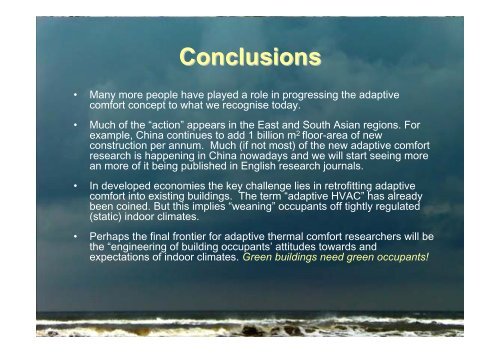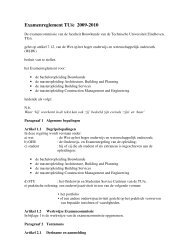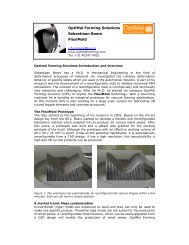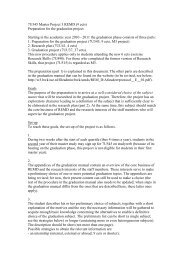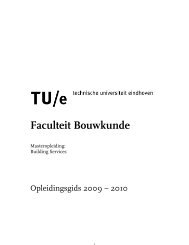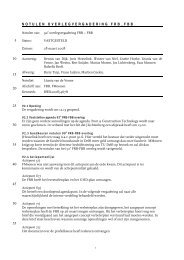You also want an ePaper? Increase the reach of your titles
YUMPU automatically turns print PDFs into web optimized ePapers that Google loves.
Conclusions<br />
• Many more people have played a role in progressing the adaptive<br />
comfort concept to what we recognise today.<br />
• Much of the “action” appears in the East and South Asian regions. For<br />
example, China continues to add 1 billion m 2 floor-area of new<br />
construction per annum. Much (if not most) of the new adaptive comfort<br />
research is happening in China nowadays and we will start seeing more<br />
an more of it being published in English research journals.<br />
• In developed economies the key challenge lies in retrofitting adaptive<br />
comfort into existing buildings. The term “adaptive HVAC” has already<br />
been coined. But this implies “weaning” occupants off tightly regulated<br />
(static) indoor climates.<br />
• Perhaps the final frontier for adaptive thermal comfort researchers will be<br />
the “engineering of building occupants’ attitudes towards and<br />
expectations of indoor climates. Green buildings need green occupants!


